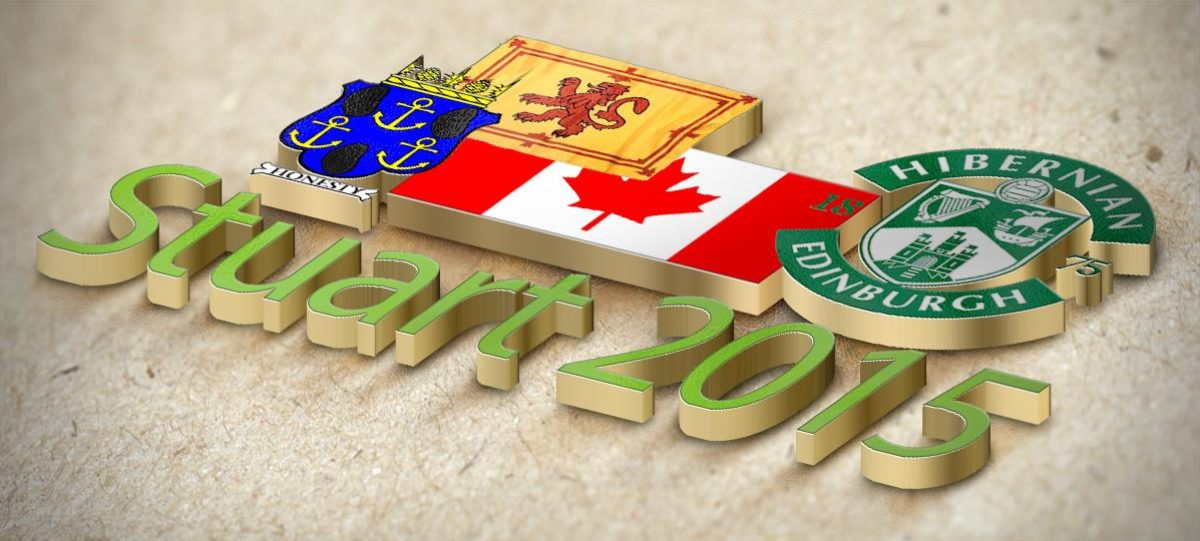I’D LIKE TO ASK A QUESTION regarding Scottish independence – because I’m confused.
Every day I look at my Facebook page and Twitter feed, I read Scottish-based internet forums and online newspapers and come into contact many times daily with the views of a wide range of people in Scotland about all manner of things, obviously, especially the subject of independence for a good while now.
I see the polls and I look at the betting odds on the referendum. These consistently indicate a potential victory for the ‘No’ vote – not by much and certainly narrowing but consistent in their ratings of a few per cent in favour of staying together. They do not however, reflect what I am viewing and hearing from here – not even remotely so. I may have kindred views about many things with many of my friends in Scotland who I am in contact with regularly but by no means have my friends and acquaintances been chosen on the basis of their politics or opinion regarding the referendum. Indeed many of these people have been friends for a good number of years now and all we perhaps usually had in common outwardly originally was a liking for a certain football team in Edinburgh who play in green and white.
So here I am a few miles down the road in Nottingham, wondering exactly what is going on here? There is NOTHING about these forecasts that rings true to me from my personal experiences with the people I know who have a vote. To that end I have also observed every dirty trick in the book being played in the long run-up to this crucial vote that will decide the future of these islands and it leads me to believe that the above projection on the likely outcome on 18th September, 2014 is quite likely another piece of subterfuge – another grand lie intended to dupe the Scottish electorate into believing there is no hope of independence. Take the wind out of the sails of the ‘Yes’ vote. This and other Better Together strategies appears to have achieved little but galvanise the cause of independence, so insulting, threatening and condescending in tone have they generally been.
I’ve made my own views clear previously that I wish for independence for Scotland, I hope obviously then that the majority of Scottish people who read these words feel similar. Having said that this is still a democracy so respect to those that don’t share my view. In the meantime I’d genuinely love to hear an opinion or two on this conundrum? Am I inclined towards paranoia or is this the greatest lie of them all? After all, what part of the establishment can really be trusted now?
I’m not really looking for a debate on the whys and wherefores of Scottish independence here as others will debate that much better than me. The above is a question I’m curious as to other’s opinions about though.















